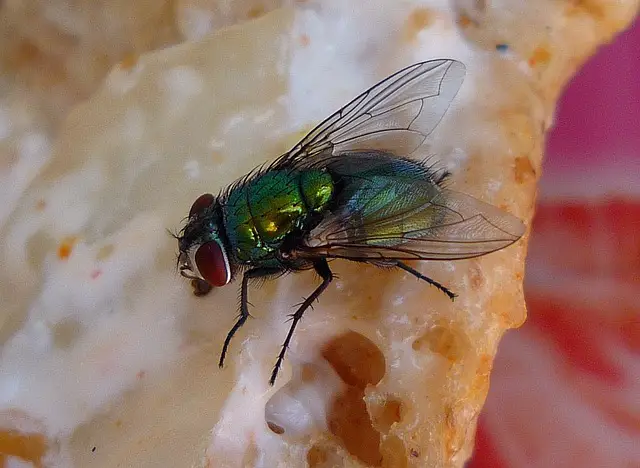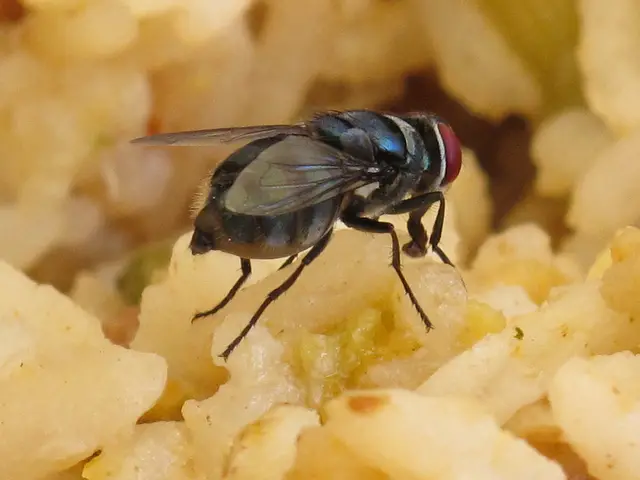As per pest control specialists, flies transport 200 distinct sorts of microscopic organisms. It’s anything but difficult to shoo these dreadful bugs away when they appear to approach your meal. Sometimes, individuals who are used to seeing flies, may never again be annoyed by their nearness.
Be that as it may, once more, a fly is more hazardous than one may might suspect. A great many people realize that flies vomit on the food they sit on. Since they can’t bite, they have to soften their nourishment by throwing on it before eating it. That might be the grossest piece of having a fly on your most loved bit of nibble yet it’s really not responsible of the spread of diseases.
Flies sit on pretty much anything and that is one method for spreading germs.

A fly’s legs are full with tiny hair that carry the germs. Obviously, they have this since they sit on essentially anything they want – including junk and yes, crap. Envision the microbes that would connect to those legs and seconds of arriving on your food, from that time you have a contaminated food.
Flies vomit on their sustenance to soften it up, however that is not how your nourishment gets contaminated.

A fly’s little legs are full with hair that spread microscopic organisms on your nourishment when she touches it.
Most healthy grown-ups can fight off ailments from the microscopic organisms, yet youngsters and the elderly are vulnerable.
This is what pest control Ron Harrison needs to state:
“They just need to touch your nourishment for a moment for their legs or the tiny hair everywhere on their bodies to exchange germs from one of those frightful things they eat onto what you are eating.”
“Furthermore, since flies can transfer contagious illness like cholera, dysentery, and typhoid, it is best for you to avoid eating the food it landed on.”
So whenever a fly remains even only for a moment on your nourishment, you definitely realize that that part has been contaminated. Rather than tossing all the nourishment out, simply toss the bit that has been touched by the fly.
